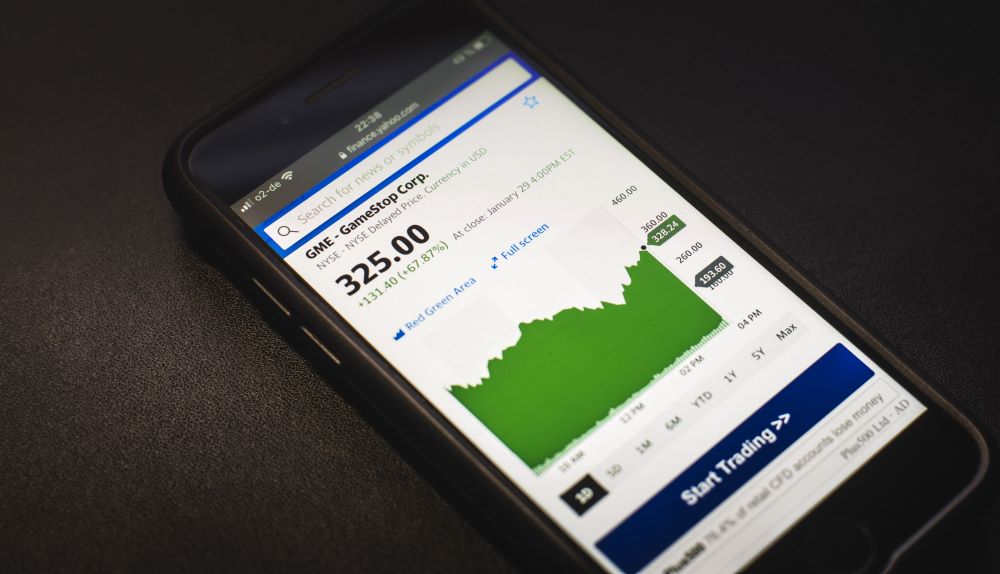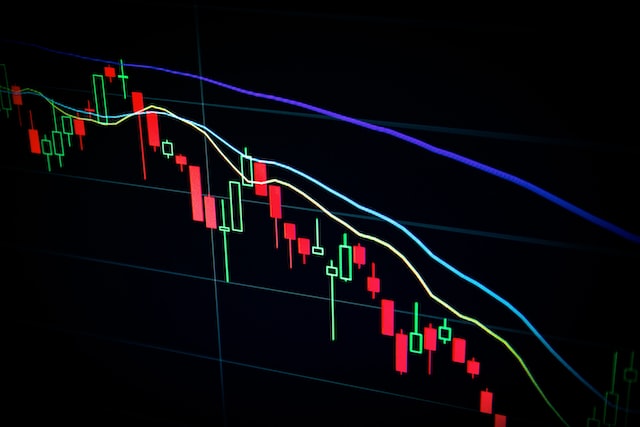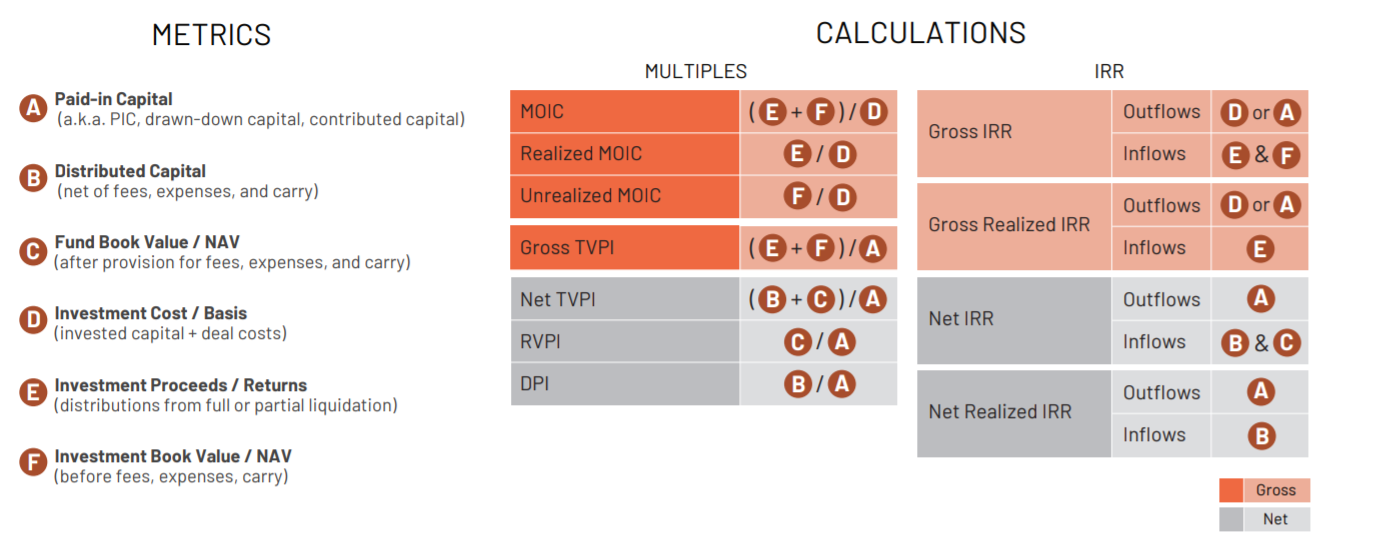SAFE Note vs. Convertible Note
Startups looking for pre-seed or seed funding have several options available to them, including SAFE notes and convertible notes. Which is the best option for you? As with most choices, it depends on your particular circumstances. To decide if SAFE notes or convertible notes better suit your startup, you need to understand the differences between the two.
Before we continue, remember you can use Diligent Equity to model how a SAFE or convertible note will affect your cap table. Get started for free here!
Why Not Just Use Equity Funding?
Startup companies are not usually worth much. When they’re incorporated, the founders can buy shares at the minimum value specified in the company’s articles of incorporation. If they turn around and sell preferred shares at a much higher price, it can look suspicious to the IRS.
Convertible notes were created by startup lawyers to avoid this problem. They allow startups to get seed funding without going through the valuation process until later. Convertible notes are a debt, allowing companies to get the funding they need without selling shares for a marked increase in a short amount of time.
However, convertible notes can be confusing and complicated. In 2013, Y Combinator created SAFE notes to simplify the process. SAFE notes are not debt; they’re convertible equity. There’s no loan or maturity date involved.
Benefits of SAFE Notes
Convertible notes are lengthy documents that contain a lot of variables. Working out the terms and conditions can involve extensive back and forth between the investor, the founders, and their lawyers. SAFE notes were designed to simplify and standardize the process of obtaining seed funding.
You can download SAFE notes from the Y Combinator website free of charge. SAFE notes are 5-page documents that contain straightforward language and standard clauses. They are rarely modified. Because of their simplicity, it’s usually faster for startups to reach an agreement with investors for funding with SAFE notes.
What Is the Difference in Equity Conversion Between SAFE Notes and Convertible Notes?
Both SAFE notes and convertible notes were intended to be converted to equity. The most significant difference is that SAFE notes prescribe a specific conversion method while convertible notes offer varying conversion terms. SAFE notes convert into the next round of preferred stock that the company issues in the subsequent priced financing round. It’s converted when a priced round produces any amount of equity financing.
In contrast, convertible notes have specific thresholds for triggering conversions, such as:
- When a qualifying transaction occurs
- When a minimum amount is raised by the startup
- When the investor and company agree on the conversion
Valuation Caps and Dilution
Both SAFE notes and convertible notes require that you negotiate the valuation cap. Understanding how the valuation cap affects your company is critical. When you secure financing with equity, your share of ownership goes down. A valuation cap is the maximum valuation for calculating share price at which the investor’s money converts to equity.
Suppose you end up being valued significantly higher during your next round of equity financing than the value cap on your note. In that case, you may be issuing a lot more shares of equity than you anticipated.
While some particularly strong startups may be able to negotiate an uncapped SAFE or convertible note, a valuation cap is one of the most appealing aspects of both types of notes. It’s essential to consider how much your ownership stake may be diluted in your subsequent qualified financing round before negotiating your value cap.
Interest Rates
Only convertible notes address interest because SAFE notes are not loans. The interest rate for convertible notes is usually in the 2 to 8 percent range. As with the principal, the interest on a convertible note converts to equity when a triggering event happens. Since SAFE notes aren’t debt, there’s no interest or maturity, which means an investor’s ownership stake won’t change based on how long the note is held.
Early Exits
Both SAFE notes and convertible notes have provisions that address payouts when a company experiences a change in control, such as a buyout or IPO, before conversion. With a SAFE note, the investor has the option of conversion to equity at the valuation cap or a 1x payout. Although, SAFEs do allow for changes to these conditions to be addressed with a side letter.
Since convertible notes aren’t as standardized, the payout options are more variable, but 2x payouts are relatively common.
Maturity Dates in Convertible Notes
Since SAFE notes have no maturity dates, this is only a concern with convertible notes. The maturity date for convertible notes is usually 18 to 24 months after the closing date. Ideally, the next round of financing will happen before the maturity date.
Suppose the next round doesn’t come before the maturity date. In that case, the startup will have to either pay back the principal and interest of the loan in full, convert the debt into equity, or ask for an extension on the maturity date.
Since most startups are cash-poor, paying back the loan is usually not an option. Defaulting on a convertible note could lead to bankruptcy. This is one area where SAFEs offer a clear advantage over convertible notes since they aren’t a loan and don’t have to be repaid.
Differences in Structure
SAFE notes offer more flexibility in fundraising. They are usually stand-alone agreements issued to individual investors. Startups can reward earlier investors with more favorable valuation caps using SAFE notes. They can be issued on a rolling basis with different terms as investor interest increases. They offer companies the option of testing the market and adjusting terms on an ongoing basis.
Convertible notes are much more complicated to issue on a rolling basis. Because they are loans with maturity dates and interest to account for, keeping on top of multiple terms about cap table tracking would be challenging. Convertible notes are usually structured as a single legal agreement that covers all of the convertible note financing. This is called the Note Purchasing Agreement (NPA) and contains all of the terms. Each individual investor will then be issued a promissory note that documents the date and amount of their investment.
Convertible Note Terms
While convertible note agreements vary in specifics, they all include the following terms:
- Valuation cap: the maximum valuation when the note converts
- Discount rate: the discount the investor receives compared to future investors
- Interest rate of the loan: the amount which will be paid back in equity
- Maturity date, the date the loan must be repaid if it hasn’t been converted
SAFE Note Terms
There are several different options for SAFE notes, including:
- Valuation cap but no discount
- Discount but no valuation cap
- Valuation cap and discount
- No valuation cap or discount
- Most Favored Nation (MFN) status, which means early noteholders can ask for the provisions included in later SAFEs
- Pro rata rights, which allows investors to invest extra funds to keep their ownership percentage during any future equity financing
SAFE notes usually include a valuation cap and a discount since founders have to offer these incentives to early-stage investors. Investing in a startup is a high-risk proposition, so most investors are looking for a high return.
Investor Comfort
Convertible notes are more familiar to most investors. A well-known Silicon Valley tech accelerator created SAFE notes, so Silicon Valley investors are likely to be more comfortable with them. Investors also like convertible notes because they are more restrictive for founders, have maturity dates that require renegotiation to extend, and tie up collateral and assets.
SAFE notes, on the other hand, are not debt, so they offer more flexibility to founders. Additionally, they’re freely available and simple to understand, eliminating the need for lawyers to negotiate. For these reasons, they’re considered more founder-friendly.
In general, if an investor is comfortable and willing to invest with a SAFE note, they’ll likely be familiar with convertible notes. The opposite isn’t always true, however. Investors who are used to convertible notes may not be familiar with or willing to consider SAFE notes. Since SAFE notes have only been around since 2013, some investors feel that there hasn’t been enough time to evaluate the long-term outcomes.
Final Thoughts on SAFE Notes vs. Convertible Notes
There’s no definitive answer to whether a SAFE note or a convertible note is best for your company. What you choose will depend on your particular business circumstances. Convertible notes offer startups the crucial benefit of delaying valuation and focusing on getting your company up and running, while SAFE notes may still require a 409a valuation. SAFE notes do offer several key benefits, such as fewer points of negotiation and more company control. However, if they can’t attract the investors you want, you may need to go with convertible notes.
Once companies are ready for Series A funding, they’ll need a valuation. Diligent Equity’s portfolio management software can significantly simplify the process of managing cap tables no matter what type of equity funding you secure. Our intuitive platform for equity management lets you manage your option administration and capitalization table, ensuring you understand how new term sheets can impact the future of your business.



